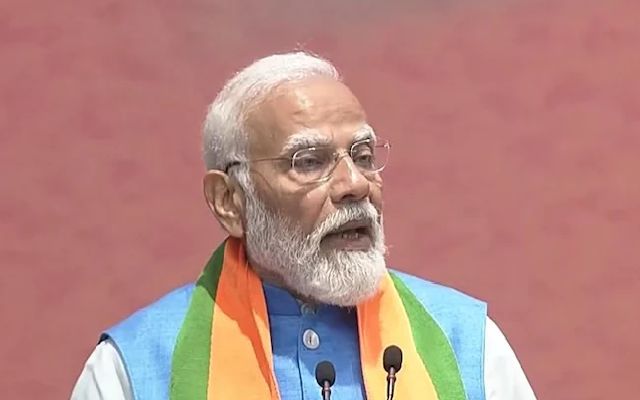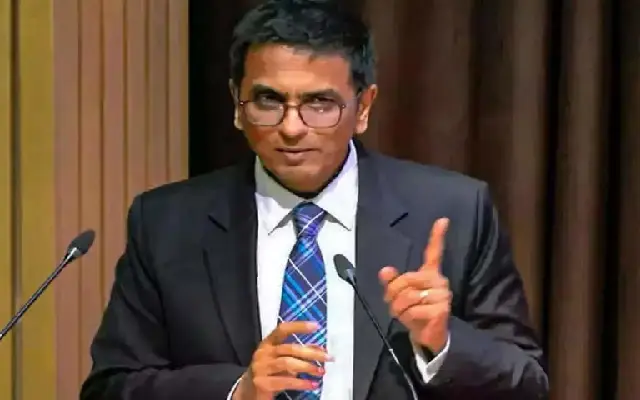
‘To be or not to be’ is probably the best-known line from Shakespeare’s play Hamlet (1602). No doubt that if anyone is asked to quote a line of Shakespeare this is the one that first comes to mind to most people. Hamlet’s dilemma is similar to what most of us are undergoing in these troubled times of the ongoing pandemic world over. The common question of enquiring one’s well-being after greeting each other has to be answered with a lot of thoughtfulness. The future is as unpredictable as it should be and living in the present moment is really working out as the answer to all anxieties. We need to live more in the moment which is also called mindfulness. Mindfulness is a state of active, open, intentional attention on the present. When you become mindful, you realize that you are not your thoughts; you become an observer of your thoughts from moment to moment without judging them. Advice about being mindful is free and is given all the while through all modes but like all advice, it’s heard but not practiced. There are many guides to mindfulness coincidentally letting go of what you want is the only way to get it. Following is a formula (mnemonic) to try and practice mindfulness: SIBFAN: Savor, Involve, Breathe, Flow, Accept, and Nonchalance.
Savour– If you savour food or drink, you eat or drink it slowly in order to taste its full flavour and to enjoy it properly. Many times we’re so engrossed in thoughts of the future or the past that we forget to experience, let alone enjoy, what’s happening at present. Relishing or enjoying in whatever is being done at the present moment is what psychologists call savoring. Worrying means thinking about the future and the other side of worrying is thinking continuously about events in the past and is called ruminating. If thoughts are developed about being aware of the present moment, worrying or ruminating fades away. Savoring forces you into the present, so you can’t worry about things that aren’t there.
Involve – Men and women in profession lose track of many things as these become routine. Daily activities are done without involvement and without savouring. These are like cruise controlled moments or mindless moments and occur when one is lost in thoughts, not aware of the present experience. As a result, life passes by without getting noticed. The best way to avoid such mindless moments is to develop the habit of always noticing new things in whatever situation one faces. If we see the world with a new perspective, we realize almost everything is different each time just like what goes through an excited child’s mind.
Breathe -“When I look back on my knee-jerk reactions now, I realize I should have just taken a breath.” said Fred Durst. A reaction is instant, it’s driven by the beliefs, biases, and prejudices of the unconscious mind. A response on the other hand usually comes more slowly, it’s based on information from both the conscious mind and unconscious mind. Frankly speaking there is a breathing period between a reaction and a response. A reaction and a response may look exactly alike but they feel different. A reaction can be aggressive whereas a response takes consequence into consideration. Mindfulness boosts awareness of how to interpret and react to what’s happening in the mind. It increases the gap between emotional impulse and action, allowing you to do what Buddhists call recognizing the spark before the flame. Breathing is a simple exercise you can do anywhere, anytime to induce mindfulness. There is no better way to bring oneself into the present moment than to focus on ones breathing.
Flow – An experience where a person is completely immersed in activity is in the mental state of flow and is described as “being completely involved in an activity for its own sake”. The ego falls away, time flies, every action, movement, and thought follows inevitably from the previous one, like playing music. Achieving a state of flow can be a great way to make the activities pursued more engaging and enjoyable. To experience flow, goals need to be clearly defined so that the next step is known. As the mind’s focus narrows, self-consciousness disappears, there is a feeling as if one’s awareness merges with the action being performed. The depth of involvement keeps attention so focused that distractions cannot penetrate unaware of the passage of time.
Accept – Enduring pain actually makes one enjoy rewards more. Having exercised or completed some difficult tasks, one can permit oneself to enjoy a reward. If something is bothering us, we need to move toward it rather than away from it and accept it. The mind’s natural tendency, when faced with pain, is to attempt to avoid it by trying to resist unpleasant thoughts, feelings, and sensations. Acceptance of an unpleasant state doesn’t mean the future is dark. It’s accepting that certain things are beyond one’s control. The sadness, stress, pain, or anger is there whether one likes it or not. Better to embrace the feeling as it is. Accepting is being open to the way things are in each moment without trying to change the experience. If the feeling of anxiety is prevailing, one can accept the feeling and then direct attention to something else instead.
Nonchalance – People with a nonchalant attitude behave in a calm manner and show that they are not worried or frightened. Thinking too hard about what is being done actually makes us do worse. If there is a situation that makes us anxious, like giving a talk, performing on stage, attending an interview focusing on the anxiety leads to heighten it. So Focus less on what’s going on in your mind and more on what’s going on in the auditorium or room, bother less on thoughts, and more on self as part of something. By being nonchalant or less bothered about people making comments, teasing or rejecting the work or person, mindfulness creeps in to make things less threatening.
Mindfulness is a state where one has to set the intention of paying attention to what’s happening at the moment. While reading this article as eyes distinguish the black forms on a white background become aware of the unnoticed rhythm of breathing and draw the next breath, focus on the air being inhaled and exhaled with its relative body movements this is where we should be now living in the moment.
About the author
Dr. R. G D’Souza is Principal, Yenepoya Institute of Technology, Moodabidri. He holds a doctorate in civil Engineering from NITK and has 2 decades of experience in Academics and Administration



















